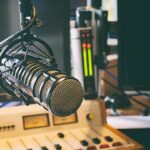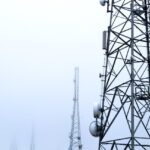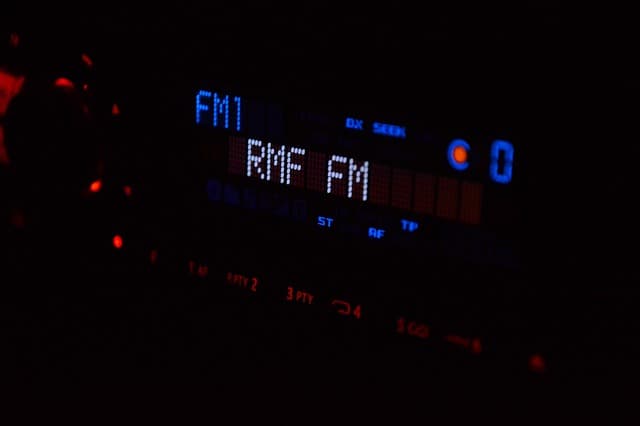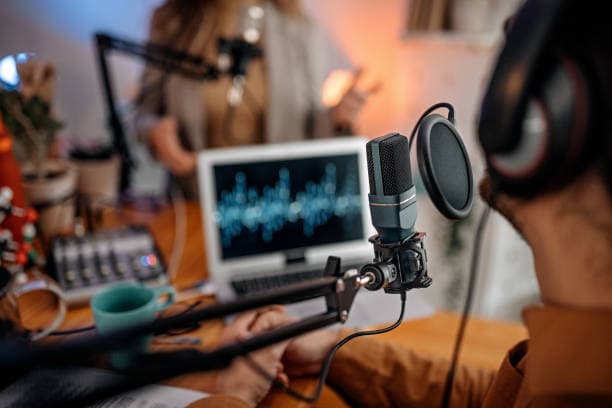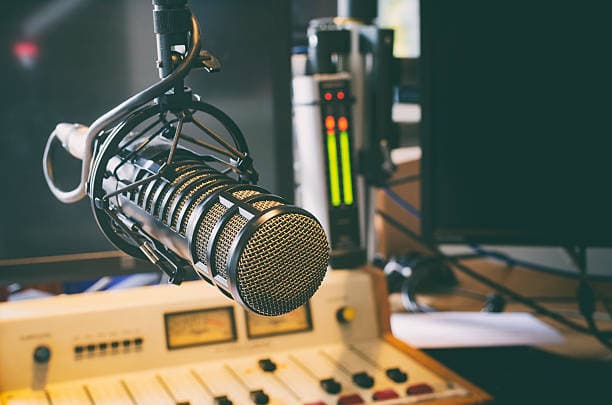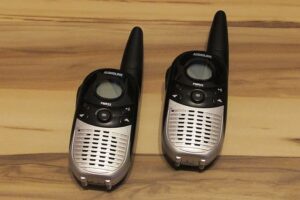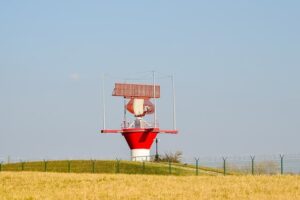Considering the wide range of these products (radios, radio stations, radio accessories, repeaters, amplifiers, etc.) we recommend that you read the following information, which should help you make the right choice.
What is a “Radio” or “Station”?
A walkie-talkie is a radio transmitting device. It consists of a receiver, transmitter, battery and antenna. A radio is used to transmit voice from one person to another over a distance. You do not pay a penny for it when you talk between radio stations. Therefore, at work, on a trip to hunting, fishing, picnic, ski resort, and just at the cottage or in the woods, put their phones in bags and talk on the radio for free.
What kind of walkie talkies to buy?
There is no perfect walkie talkie for all occasions. For optimum choice you need to know and take into account many parameters, such as: the anticipated conditions of use, what you need radios for, the frequency of operation, the frequency range and the power of the radio.
Operating conditions
When selecting radios, it is necessary to determine in what conditions they will be mainly used. For work in urban conditions more suitable frequency range UHF (400 to 520 MHz), to work in rough terrain, the forest, on the water or in the mountains more suitable frequencies LB band (25 to 50 MHz) or VHF range (136 to 174 MHz). If you plan to work in different conditions and in the city and on rough terrain, a large range of radios is produced:
- dual-band handhelds:
Yaesu VX-3R, Yaesu FT-60R, Yaesu VX-8GR, Kenwood TH-F7E, Icom IC-E7(P7), Wouxun KG-UVD1P, Vector, Joker TH-UVF1, etc. - Tri-band handhelds:
Yaesu VX-6R, Yaesu VX-7R, Yaesu VX-8R, Yaesu VX-8DR, etc. - multi-band automotive:
Kenwood TM-V71E, Kenwood TM-D710A,E,K. Icom IC-706Mk2G, Icom IC-7000, Yaesu FT-7900R, Yaesu FTM-10SR, Yaesu FT-8800R, Yaesu FT-8900R, Yaesu FT-817ND, Yaesu FTM-350R, Yaesu FT-857D, Yaesu FT-897D, etc.
What you need the radio for
The design of the radio depends on this. If the radio is taken for various tasks, more suitable amateur radio stations, allowing you to change the radio settings manually. For professional tasks, such as construction or installation work, for security activities, professional radio stations are suitable. If the radio is to be used in conditions of high humidity and dust pollution, it must meet at least IP54, but if you want protection from moisture in the case of careless falling into water, the radio must comply with the standard not less than IPX7.
The main frequency bands used in radio communication
Shortwave (SW, frequencies 1.8-30 MHz), CB (Citizen Band, frequency 27 MHz), LB (Low Band, frequency 30-54 MHz), VHF (frequency 136-174 MHz) and UHF (frequency 400-470 MHz).
- SW band
It extends from 160 to 10 meters (frequencies from 1.8 to 30 MHz). This range allows radio communications over enormous distances due to reflection from layers of the atmosphere. Short waves are used for radio broadcasting as well as for amateur and professional radio communications. The quality of reception depends on various processes in the ionosphere, related to the level of solar activity, time of year and time of day. So in the daytime better propagate shorter wavelengths (25 and 31 meters), and at night – longer (41 and 49 meters). If the radio waves pass well, it is possible to contact Argentina from America without any problems. Radios operating on these frequencies are designed for marine applications (HF/HF), for radio amateurs, as well as professional work where long distance communication is important.
- CB band – 27 MHz.
With these frequencies produced radios for long distance drivers, for TAXI as well as a wide range of car enthusiasts. Radio 27 MHz range are poorly friends with electromagnetic interference, so their use is justified in nature – especially in dense forests and in conditions of very rugged terrain. Acceptable types of modulation are amplitude AM, frequency FM, single-band SSB. Besides, the 27 MHz band is an emergency channel (reporting and receiving messages about traffic jams, accidents, etc.) as well as an emergency service.
- LB band – frequencies from 30 to 50 MHz.
Signals in the Low Band are most susceptible to the influence of industrial interference, interference from household appliances, broadcast and television transmitters. The use of equipment of this range is optimal in rural areas, where the level of interference is much lower than in dense urban areas. The range is characterized by a good envelope irregularity of the landscape and the spread beyond the line of sight. The range for civilian communications is not authorized, and requires obtaining frequencies for work, or renting frequencies.
- VHF band – frequencies from 136 to 174 MHz.
One of the most versatile bands. Despite the fact that the radio stations in this range works well in the countryside and in urban areas, still the main use is justified in rough terrain, both in the flat landscape and in the hilly, as well as on the water. In the conditions of dense urban development quality of communication is significantly reduced. In the case of stationary operation of the radio plays a very important role the height of installation of the antenna, to increase the range of radio communication requires a much greater height of installation of the base antenna. Also these frequencies are used for maritime communications; they operate at 156.025 -157.425 MHz for transmitting and 156.050 – 163.275 MHz for receiving. According to the decision of SCRF from 01.06.99 3338-OR, frequencies in the band of 144-146 MHz are allocated for radio amateurs on a secondary basis. Recently, more and more radio amateurs devote their leisure time to a fascinating activity – amateur radio communication on VHF. The variety of processes occurring in the atmosphere and ionosphere of the Earth allows radio amateurs to conduct the most interesting radio communications. Along with distant tropospheric propagation of VHF amateurs use VHF reflection from sporadic ionized EM layer, from northern lights, from meteor trails. Radio communication using reflection of radio waves from the moon is of great interest.
- UHF range – frequencies from 400 to 520 MHz.
UHF range is considered an urban range and shows its best qualities in dense urban areas. The choice of this range is optimal when it is necessary to obtain a stable connection over short distances, for example, within the city and even when using portable radios provided a stable connection. For open terrain frequencies are not very convenient, as the radio waves of this range poorly envelope the irregularities of the terrain and have a strong attenuation in the wooded area. In the case of stationary operation of the radio station to get a long communication range will require a very high installation of base antennas. In accordance with the decision of the SCRF from 01.06.99 N3338-OR for radio amateurs frequencies of LPD and PMR are allocated on a secondary basis.
Radio stations operating on special frequencies are also operated, such as:
- Aviation band – 108-136 MHz frequencies.
- Naval range – frequencies 156.025 – 163.275 MHz.
Ship-to-ship, ship-to-shore, NOAA weather channels and service channels are available on these frequencies. - River band – frequencies 300-350 MHz.
Radio power
As for the output power of the radio – increasing the transmitter power is justified only when using the radio in a difficult electromagnetic environment. The best amplifier is an effective and well-tuned antenna, high selectivity and sensitivity of the receiver.


